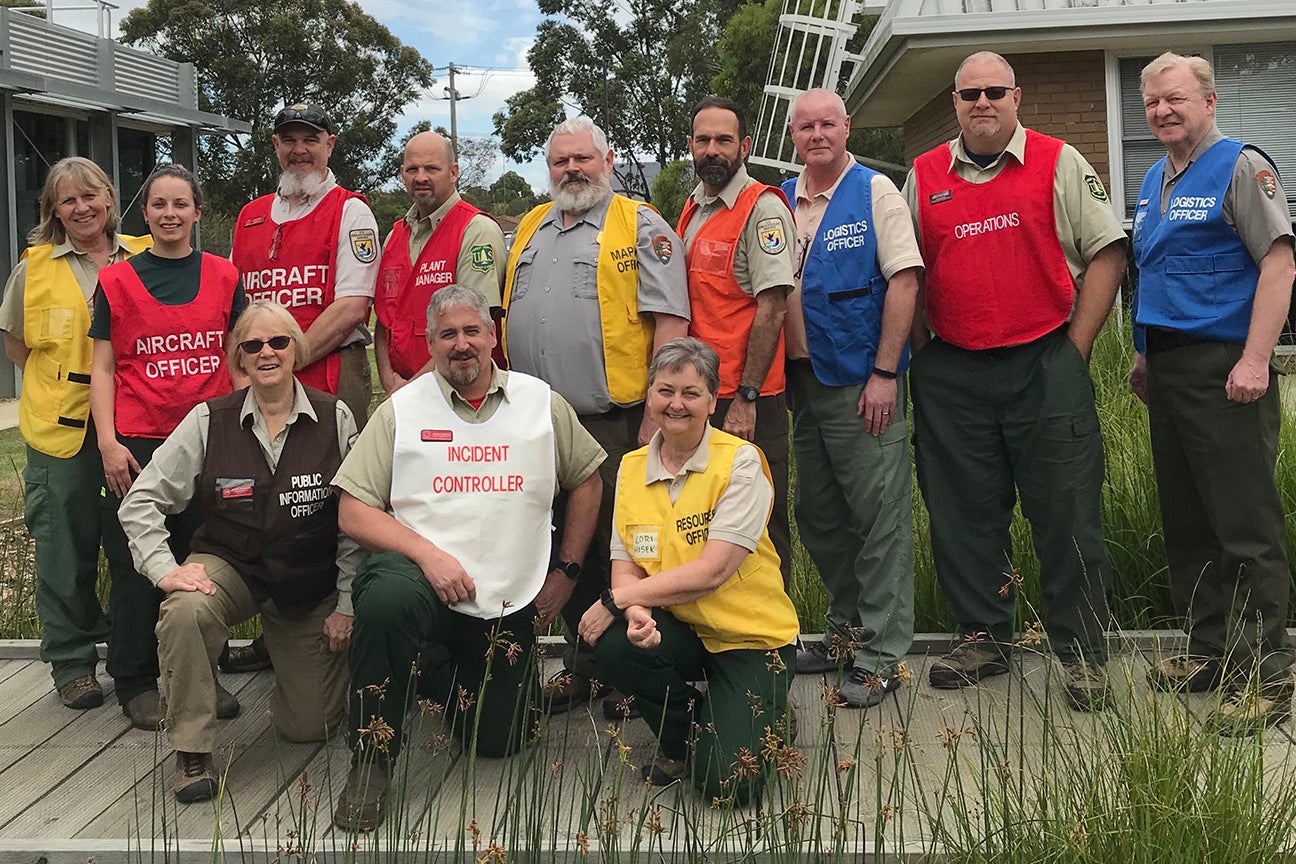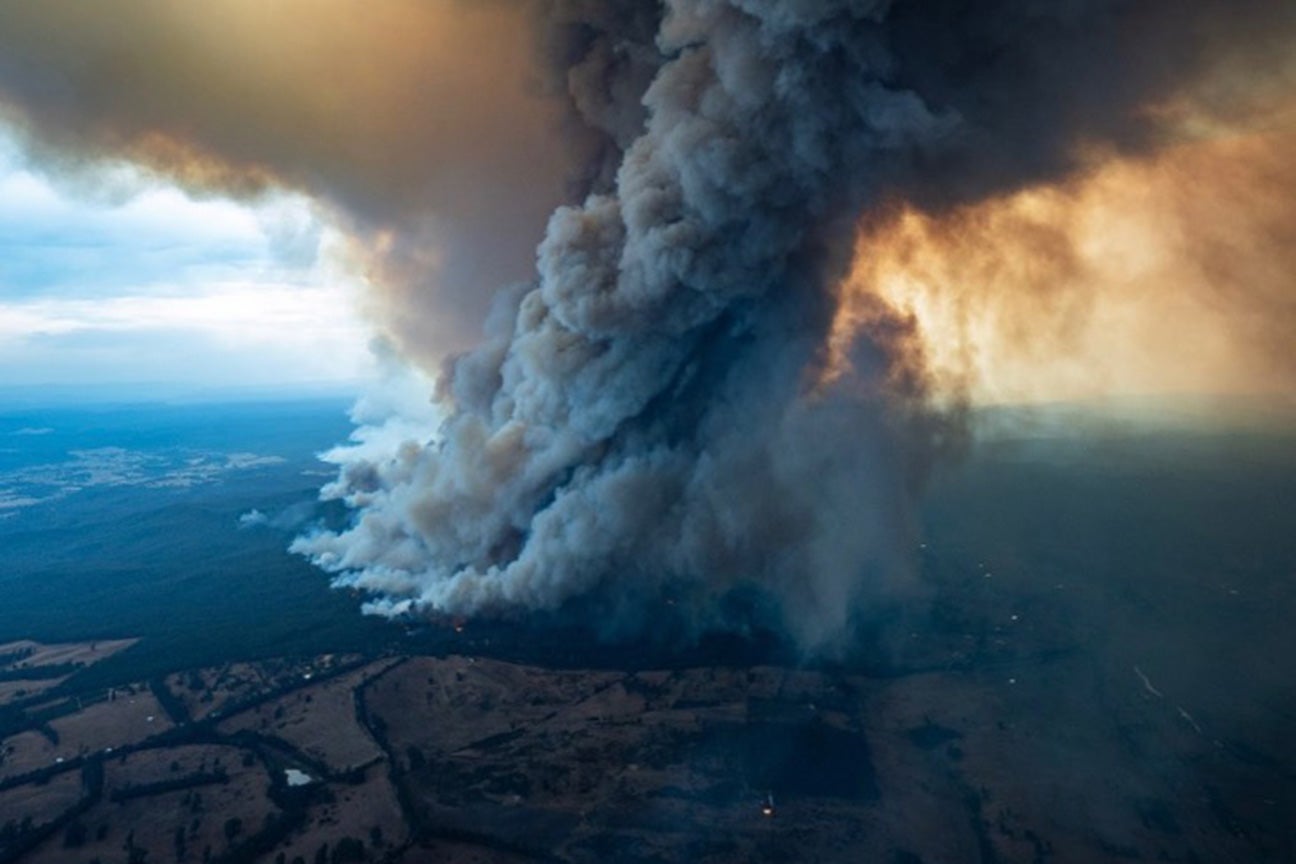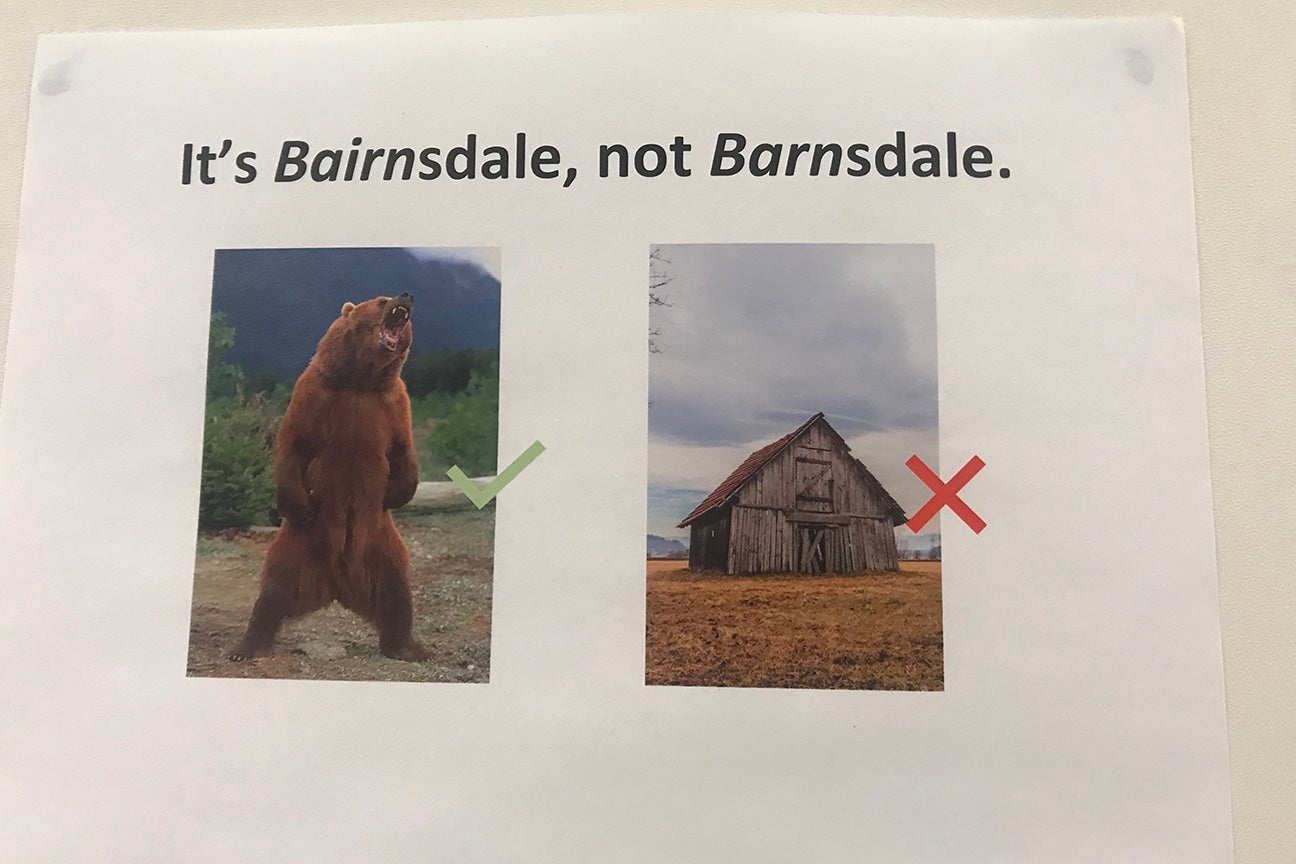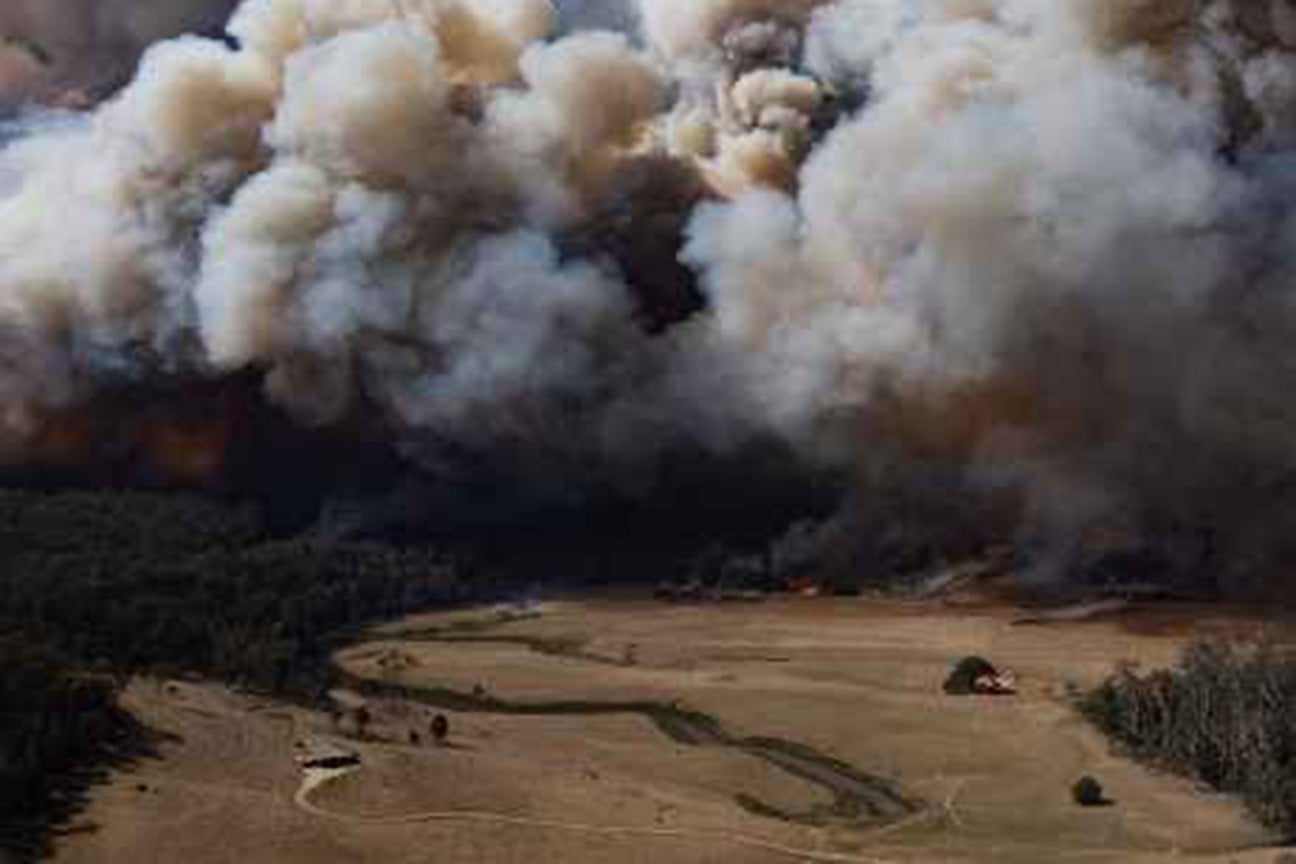Help from afar: Coming together to combat catastrophe in Australia
Published 11:46 am Monday, April 6, 2020
|
Getting your Trinity Audio player ready...
|
The world was crushed when Australia was engulfed by flames earlier this year. Many people and animals lost their homes and some, their lives. The photographs that captured the ceaseless brushfires did not to them justice, as there was an immeasurable amount of damage done.
Bonnie Strawser, a public information officer for the Southern Area Red Type 1 incident management team, arrived in Australia with other team members shortly before the fires were contained and the heavy rains came to wash over the country. She was no stranger to the aftermath of catastrophes, but could not help but feel for the people of Australia.
Strawser has worked in the Outer Banks for 42 years, managing visitor services for Pea Island and Alligator River National Wildlife Refuges. For much of that time, Strawser was a single mother and caregiver, making extensive time away from home difficult.
In 2005, when Hurricane Katrina ripped through the southern portions of our country, Strawser received a request from Fish and Wildlife Services to go with a small team down to Louisiana.
That was Strawser’s first time working with an incident management team. “It was a bit of an adrenaline rush, I’ll admit” Strawser told The Coastland Times. “While we don’t wish for catastrophes to happen, it’s really rewarding to help out.”
Strawser said the purpose of an incident management team is to “bring order out of chaos.” While working in Louisiana, she handled the public information side of things, such as writing news reports and taking photographs, while other team members checked in on the people that were affected by Katrina.
At that time, Strawser hadn’t been trained on how to be a public information officer; she was trained in visitor services. However, something about the work that was done struck Strawser. “I loved it,” she said.
After a few weeks of field work in Louisiana, Strawser came back to Outer Banks and decided to begin taking training courses to be in the national incident management system.
Incidents and incident management teams are divided into levels of severity, with Type 1 being the most complex, like a rapidly moving, life-threatening wildfire. Strawser became lead public information officer for a Type 2 team almost a decade ago.
She continued her task work while serving for that team, completing a task book containing over 50 specific tasks, such as updating social media, giving guided tours and completing media interviews. She eventually found herself part of a Type 1 team.
Having heard about the wildfires in Australia, Strawser and her team were not expecting to actually go. “We kept laughing and saying of course not, we don’t usually go out of the country for this type of thing.”
It was not unprecedented for firefighters or single resources to be sent internationally for a disaster of this caliber, but teams did not usually travel out of the country. This time, things changed.
On Feb. 10, Strawser and 14 other team members left for Australia, unsure of what they would be exposed to once they arrived.
At that point, the rain had been pouring in Australia for days. Strawser’s team was stationed in Bairnsdale, a town in Victoria, managing a large area which had been almost completely burned. With damage from the fires and heavy equipment used to contain the fires, along with the loss of vegetation and now erosion, Strawser knew the people of Australia needed help.
The whole purpose of recruiting the American team was to give the Australians a break. Most had been working for months, some completing 10 assignments in a row, some having lost their own homes and not seeing their families for long periods of time.
“The people were exhausted,” Strawser said. But in light of all that had happened, she told The Coastland Times that the most amazing part of her experience was the people themselves.
“They had been working nonstop for three to four months, but they were so resilient and had such an amazing sense of humor,” Strawser said.
For example, Strawser said that the Americans would pronounce “Bairnsdale” as if the beginning of the word was “barn.” The Australian team hung a sign on the main meeting room wall with a picture depicting a bear with a check next to it and a barn with an “x” next to it. Strawser laughed as she remembered seeing the sign.
She said working with the Australians was beneficial in that she took back techniques and ideas that she was never taught nor had thought of before. At first, she found some of the new concepts odd, but came to realize that sharing ideas was incredibly beneficial.
“We wondered how they would react to us coming in leadership roles,” Strawser also noted, “but they were so appreciative and they were so easy and fun to work with.”
After returning to America on March 10, Strawser reflected on her time in Australia and felt as though her team had done significant work to contribute to their recovery.
“They have had so much loss. While we didn’t actually fight fire while we were there, I feel we contributed greatly to their stabilization and recovery efforts. In the process, we learned new things that we could bring home, got to see some beautiful country and met lots of amazing and resilient people. I’m both humbled and grateful to have such an amazing opportunity,” she said.
READ ABOUT MORE COMMUNITY NEWS AND EVENTS HERE.
RECENT HEADLINES:









